During the roulette game that decided my higher ed reading curriculum, the ball did not land on The Great Gatsby. Nowadays, my reading list includes several masterworks I have overlooked. How I failed to notice F. Scott Fitzgerald’s masterpiece for this long puzzles me. A terse, scathing portrait of the American Dream, The Great Gatsby is as relevant today as it was nearly a century ago.
Published in 1925, The Great Gatsby consists of only 47,094 words, which, by modern standards, is more of a novella than a novel. Critics and audiences dismissed Gatsby upon its release, but the novel found a revival during World War II when it circulated among soldiers serving abroad. After the war, Gatsby earned greater scrutiny by scholars and critics. Today, the literary community considers The Great Gatsby “The Great American Novel” because it embodies the development, character, and identity of the American experience, at least partially anyway.
Nick Carraway narrates Gatsby by telling the story of the summer he worked as a bond trader in New York City. He lived in West Egg, the new money area of Long Island, and his cousin, Daisy, lived in East Egg, the old money neighborhood. Daisy’s husband, Tom, is a brooding ex-footballer who’s best days are behind him. Jay Gatsby lives in a mansion next door to Nick’s modest accommodations. Gatsby is in love with Daisy and throws grand parties where strangers stay drunk for weeks. Tom is having an affair with Myrtle Wilson, the spouse of a mechanic who lives in the Valley of Ashes–the wasteland between Long Island and Manhattan. One day, Daisy accidentally runs over Myrtle with Gatsby’s car. Mr. Wilson thinks Gatsby killed Myrtle so he hunts Gatsby down. Labeled a tragedy, the story ends on a down note.
Without Carraway’s descriptive, poignant narration, the simple summary in the preceding paragraph reads like an episode of Dynasty. Fitzgerald compresses and foreshadows throughout the novel. I particularly liked his placement of the car wreck at the end of chapter three both as a foreshadowing device and as an overall commentary on the American Dream. The wreck, where one of the drunks from one of Gatsby’s opulent parties throws his car into a ditch and loses a wheel, hints at the big wreck later in the novel but also seems to say that the idea that anyone can ascend in society if they just work hard enough is false. Even if someone is able to rise in class, chances are, he or she won’t know how to act and will inevitably meet a disastrous end.
Critics found Baz Luhrmann’s 2013 film adaptation of The Great Gatsby challenging, but audiences seemed to enjoy it. The film grossed over $300 million and won a couple Oscars for design. I look forward to watching it.
